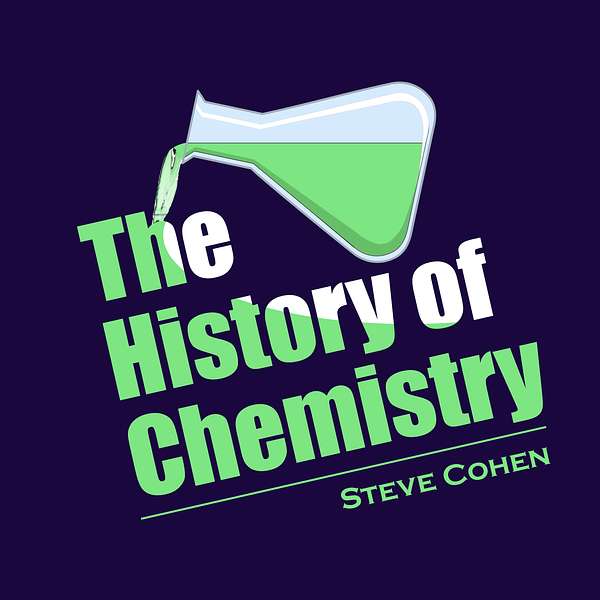
The History of Chemistry
Chemistry is everywhere, and involves everything. But how did chemistry get to be what it is? I'm Steve Cohen, a chemist and writer, bringing you The History of Chemistry. This podcast explores the development of chemistry from prehistoric times to the present, including the people and societies who made chemistry what it is today. The History of Chemistry is for you, whether you hated chemistry in high school, or got a PhD in inorganic chemistry. We'll explore how chemistry affected art, music, language, politics and vice-versa. Whether it's ancient Greek philosophers, medieval alchemists, or modern laboratory apparatus, it's all here. Don't forget to support my series at https://www.patreon.com/thehistoryofchemistry !
The History of Chemistry
70: Go with the Flow
•
Steve Cohen
•
Episode 70
We hear about the discovery of liquid crystals by Friedrich Reinitzer in 1888, through Georges Friedel's compendium in 1922 describing main types of liquid crystals. Around that time the first electromagnetic properties of liquid crystals were described by M. Jezewski, and further researched by W. Kast, Vsevolod Frederiks, and A. Repiewa. The first use of these properties was patented by the Levin brothers in 1936. A revival of research into liquid crystals began post-World War II by George Gray and then Glenn Brown by the early 1960s, which is when we reach the invention of two liquid-crystalline polymers, Kevlar and Nomex. My Patreon subscribers can download a supplemental sheet for diagrams of some of these materials.
- Support my podcast at https://www.patreon.com/thehistoryofchemistry
- Tell me how your life relates to chemistry! E-mail me at steve@historyofchem.com
- Get my book, O Mg! How Chemistry Came to Be, from World Scientific Publishing, https://www.worldscientific.com/worldscibooks/10.1142/12670#t=aboutBook